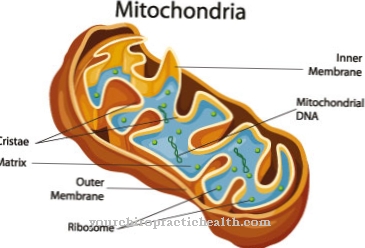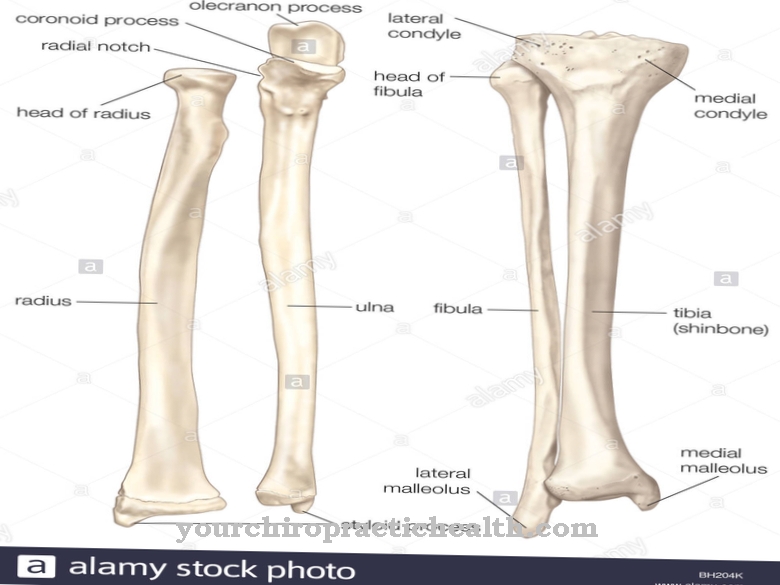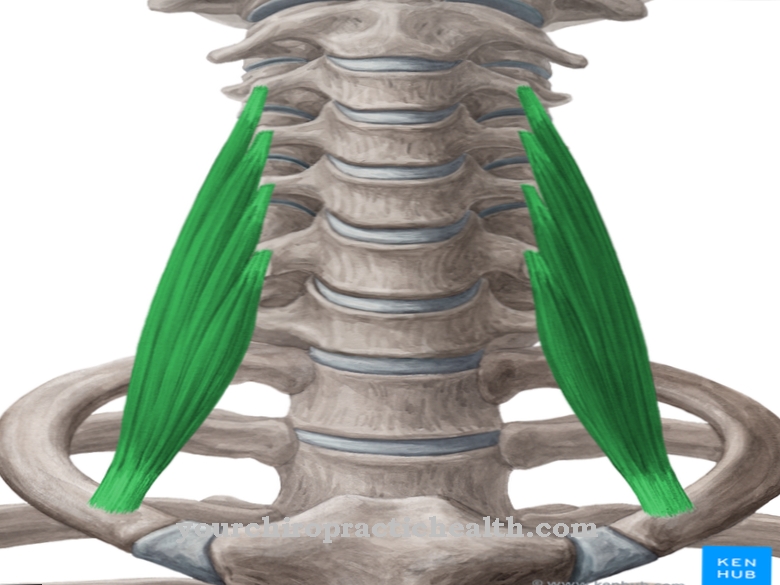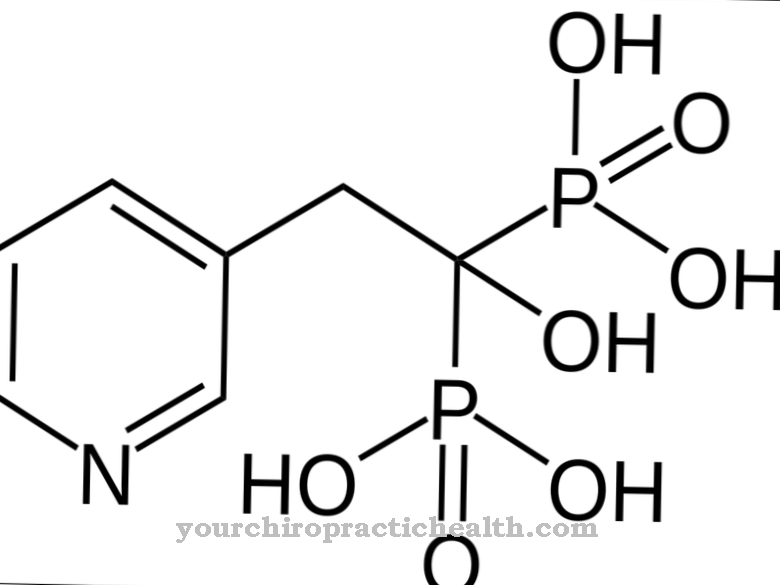Information is transmitted in the brain in the form of electrical signals. This transmission of excitation does not run through a nucleus, but rather through the shell, which is present in the organism as myelin sheaths. These can be stimulated and inhibited by magnetic fields.
There is a non-invasive procedure for this purpose, which was designed as a tool for basic research on the human brain and for diagnosis. It's called transcranial magnetic stimulation, with which a temporally variable magnetic field influences the electrical activity in the brain and is supposed to lead to positive changes in various complaints and disorders.
What is transcranial magnetic stimulation?

Transcranial magnetic stimulation is used to influence the electrical activity in the brain by means of a time-adjustable magnetic field and thus to lead to positive changes in various complaints and disorders.
Central nervous system disorders often affect the myelin sheaths. These are a multilayered structure made of myelin that spirals around a nerve fiber, also known as an axon. There, stimuli from diseases are transmitted more slowly. On the other hand, there are diseases in which all nerve cells fail. The transcranial magnetic stimulation makes it possible to differentiate between the two diseases and to measure the processes taking place there.
As early as the 19th century, the French doctor Jacques-Arsène d’Arsonval experimented with this method, using high-voltage coils to prove that impulses trigger electrical reactions in the brain. The physician undertook experiments on himself and on test subjects, who experienced circulatory disorders and even loss of consciousness as a result.
For the first time in a modern version, the method was finally presented in 1985 by the physicist Anthony Barker. The motor cortex was stimulated by magnetic stimulation in order to examine the course of the motor pathways, which soon became established as neurological diagnostics, since this procedure is almost uncomfortable for the patient. Direct electrical stimulation of the skull, on the other hand, which is also often used in practice, causes pain and side effects.
The motor cortex, in turn, is the brain region that is responsible for controlling all muscles. Hence, the stimulation acts as a brief muscle twitch. If there are measurable delays in the brain or spinal cord, it can be determined to what extent the conduction time is slowed down or completely blocked and whether there are associated functional disorders.
Function, effect & goals
Transcranial magnetic stimulation is based on the physical principle of induction. A magnetic coil, which is held directly over the patient's skull, generates a magnetic field that penetrates unhindered through the skull into the brain, where it causes an electric current. The magnetic field is aligned at a right angle to the electrical field and to the coil plane, is not weakened by the skull and serves as an input for electrical stimulation of the cortex. If the current frequency exceeds the stimulus threshold of the pyramidal fibers that run in the motor cortex, a transaxonal current flow occurs. This leads to the excitation of the nerve cells located there and triggers action potentials in the brain.
If regular and rapidly successive individual stimulations are used, this is referred to as repetitive transcranial magnetic stimulation. The effects in the brain differ depending on the frequency and application. The exact mechanism is complex. This also leads to inter- and intracortical inhibitions in different brain regions.
In the interior of the skull, more precisely in the axon, a depolarization begins, which spreads over the cell body of the neurons and leads to an excitation threshold. One problem with magnetic stimulation is spatial resolution, since it is unclear to what extent interconnected regions actually reach the target region through stimulation. The diagnosis can therefore only be made vaguely via the stimulated brain region.
Transcranial magnetic stimulation is used in neurology and psychiatry, as well as in the field of neuroscientific research. It is mainly used to examine the pathways in the spinal cord and in the cerebral cortex. The motor cortex is stimulated by single impulses.
Transcranial magnetic stimulation not only provides neurological diagnoses, but also treats neurological diseases in particular. These include B. epilepsy, apoplexy, Parkinson's disease or tinnitus. The stimulation is also helpful for mood disorders, schizophrenia and depression.
This could be proven particularly well in severe forms of depression, in which the intake of psychotropic drugs did not bring about any improvement. The antidepressant effectiveness could be due to the fact that there are parallels between electroconvulsive therapy and transcranial magnetic stimulation, even if there are differences, so that e.g. B. a generalized electrical excitation contrasts with the region-specific cortical stimulation.
Studies have shown, however, that in severely depressed people there is a reduced glucose metabolism and reduced neuronal activity in various brain areas, which can be stimulated or activated and increased by magnetic stimulation, both in the blood flow and in the glucose metabolism. The effect starts at the neurotransmitter level, similar to the effects of taking antidepressants in the brain. However, the method has not yet been able to establish itself in general psychiatric practice.
Diseases such as multiple sclerosis are diseases precisely in the region that can be measured, in the brain and spinal cord, so magnetic stimulation leads to changes and can be diagnosed. Migraines or epilepsy also show a change in the irritation threshold.
Transcranial magnetic stimulation also shows good results, even if not sufficiently researched, in manias, post-traumatic stress disorders, here in a low-frequency application, in obsessive-compulsive disorder as high-frequency application, and in cases of catatonia.
You can find your medication here
➔ Medicines against memory disorders and forgetfulnessRisks, side effects & dangers
The tolerance of magnetic stimulation is by and large less stressful and painless for the patient. Some side effects were nevertheless described, for example patients complained of severe headaches, but these subsided again. Another side effect of the treatment can be an epileptic seizure, which is triggered by the stimulation and irritation of the nerve cells, which in turn makes its use, especially in the area of epilepsy, a greater risk.

.jpg)













.jpg)







.jpg)




